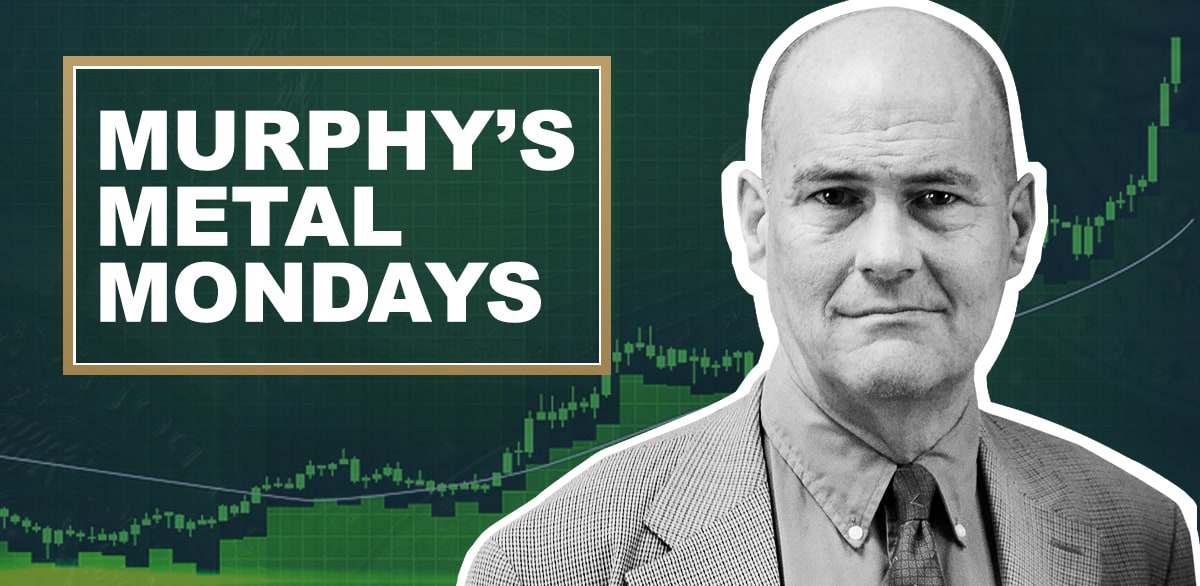
The key to survive current times is to have physical gold and silver because they will be sought by anyone who wants to have stability and preserve the real value of their wealth.–Alasdair Macleod, London Market Analyst
Simply put, push come to shove, the Federal Reserve knows that it cannot take its foot off the accelerator. Otherwise, the markets in general would implode. Most commodity markets are booming and anyone who spends money has to know that inflation is becoming a major issue. The US Dollar has no choice but to ultimately decline. Gold and silver have no choice but to ultimately rise. Time is running out for those contemplating how to protect themselves from a mounting inflation that is JUST beginning to gain momentum. Hopefully, the snippets below from some of the leading authorities in the industry will shed some further light.
Mike Savage of Raymond James Financial says, “There are many who are smarter than I am who are warning of rising inflation and supply shortages. In my research of prior calamities in currencies like Weimar Germany, Zimbabwe and Venezuela they all had similar characteristics like rising prices, then prices rising even faster accompanied by shortages of goods to buy and then a collapse that stunned almost everyone with its ferocity and speed. Be aware! This was all brought on by these countries “printing” money to pretend they were solvent when, in reality, they were broke and counterfeiting to feign solvency. Sound familiar?”
Matthew Piepenburg of Matterhorn Asset Management reports, “The latest Small Business survey from the National Federation of Independent Business (NFIB) is in, and the report is, well… a bit scary. Specifically, it reveals that general business conditions are the 3rd lowest in the last 50 years. Such lows have consistently operated as reliable leading indicators for a recession ahead. (It’s worth noting that each and every time business conditions sank this low, the Fed’s reaction was to push interest rates down not up—i.e., “loosen” rather than “tighten” or “taper” its Fed money printing. In this backdrop, the Fed’s increasingly and optically hawkish signal of a QE “taper” ahead makes even less sense, but then again, asking the Fed to make sense, or even tell the truth, was never part of its ever-expanding mandate).
But as we’ve written and spoken elsewhere, the Fed’s “taper talk” is ultimately a smokescreen colliding with double-speak. From the left corner of its mouth, the Fed signals a “taper” of the QE/money printing while its right hand is silently reaching for the red-button of emergency liquidity from the Standing Repo Facility. In short: Taper or no taper, the Fed will find ways to pump ever-more fiat dollars into a dollar-starved financial system. More liquidity, ultimately means more inflationary tailwinds, not less…”
Egon von Greyerz of Matterhorn Asset Management maintains, “The central bankers can either squash the chronic inflation by tapering and at the same time create a liquidity squeeze that will totally kill an economy in constant need of stimulus. Or they can continue to print unlimited amounts of worthless fiat money whether it is paper or digital dollars. Their choice is obvious since they would never dare to starve an economy craving for poisonous potions of stimulus.
History tells us that central banks will do the only thing they know in these circumstances which is to push the inflation accelerator pedal to the bottom.
Based of the Austrian economics definition, we have had chronic inflation for years as increases in money supply is what creates inflation. Still, it has not been the normal consumer inflation but asset inflation which has benefitted a small elite greatly and starved the masses of an increase standard of living. As the elite amassed incredible wealth, the masses just had more debts. So what we are now seeing is the beginning of a chronic consumer inflation that most of the world hasn’t experienced for decades.”

